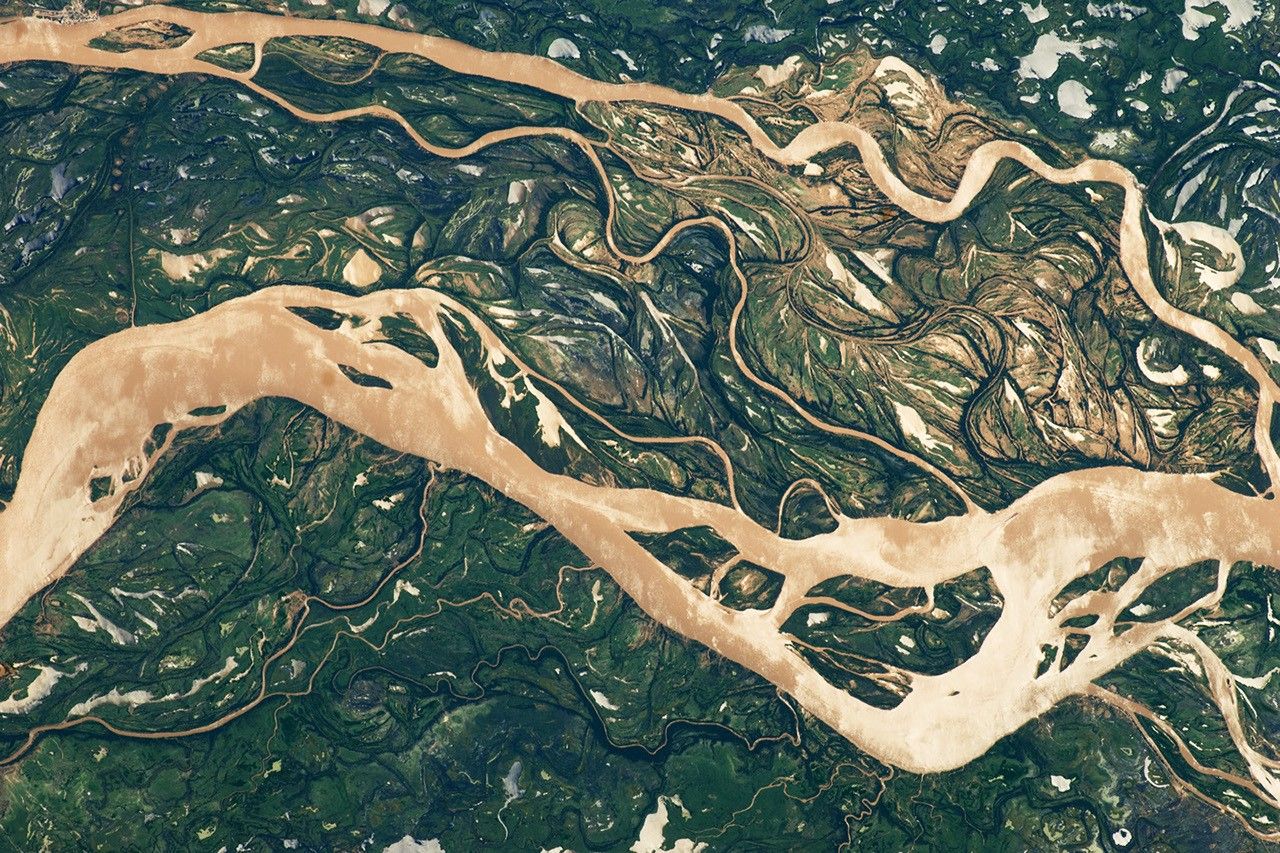Where do moons come from?
Well, they actually can come from a lot of different places. Our Moon, for example, we believe formed in a cataclysmic impact between the early Earth and a Mars-sized planet. In just a few moments, this impact would have melted the entire Earth into a lava world, sending thousands of tons of rocks and material into space. Some of these rocks would combine together and form small moonlets. And over time, thousands of years, the moonlets would come together and form our Moon that we see today.
On the other hand, the Galilean moons of Jupiter are thought to have formed from a giant disk of debris that Jupiter pulled in from the gas and dust that orbited the Sun in the early history of the solar system. The material in that disk would also form those same moonlets that eventually came together to make up the four largest moons of Jupiter, IO, Europa, Ganymede and Callisto.
For the last common way moons are thought to originate, we have to look at Neptune’s largest moon, Triton. This moon has a very strange orbit, which led us to hypothesize that it was actually a dwarf planet from the Kuiper Belt, just like Pluto. One day it got too close to Neptune and was captured by Neptune’s gravity.
So where do moons come from? Well, we still have a lot of questions that are unanswered, but with the next generation of scientists and state-of-the-art missions, we hope to be able to answer the secrets of the origins of the moons in our solar system. Learn more.
[END VIDEO TRANSCRIPT]





























